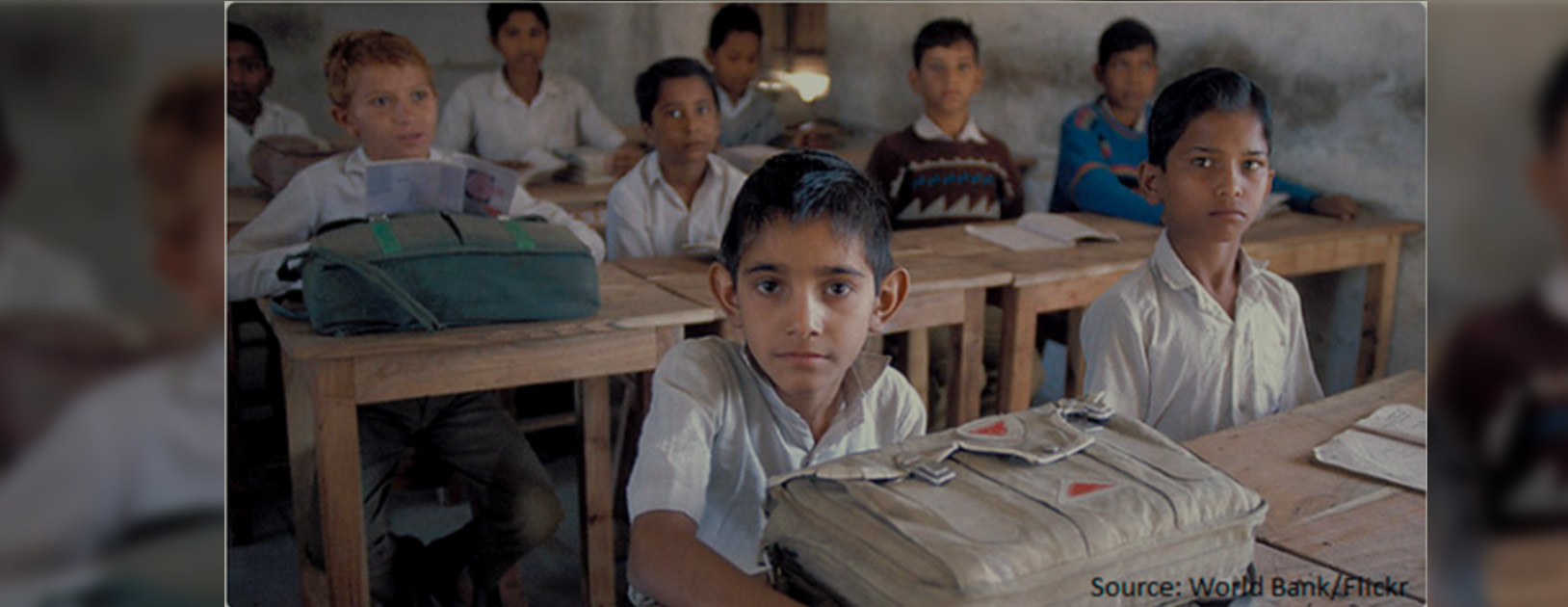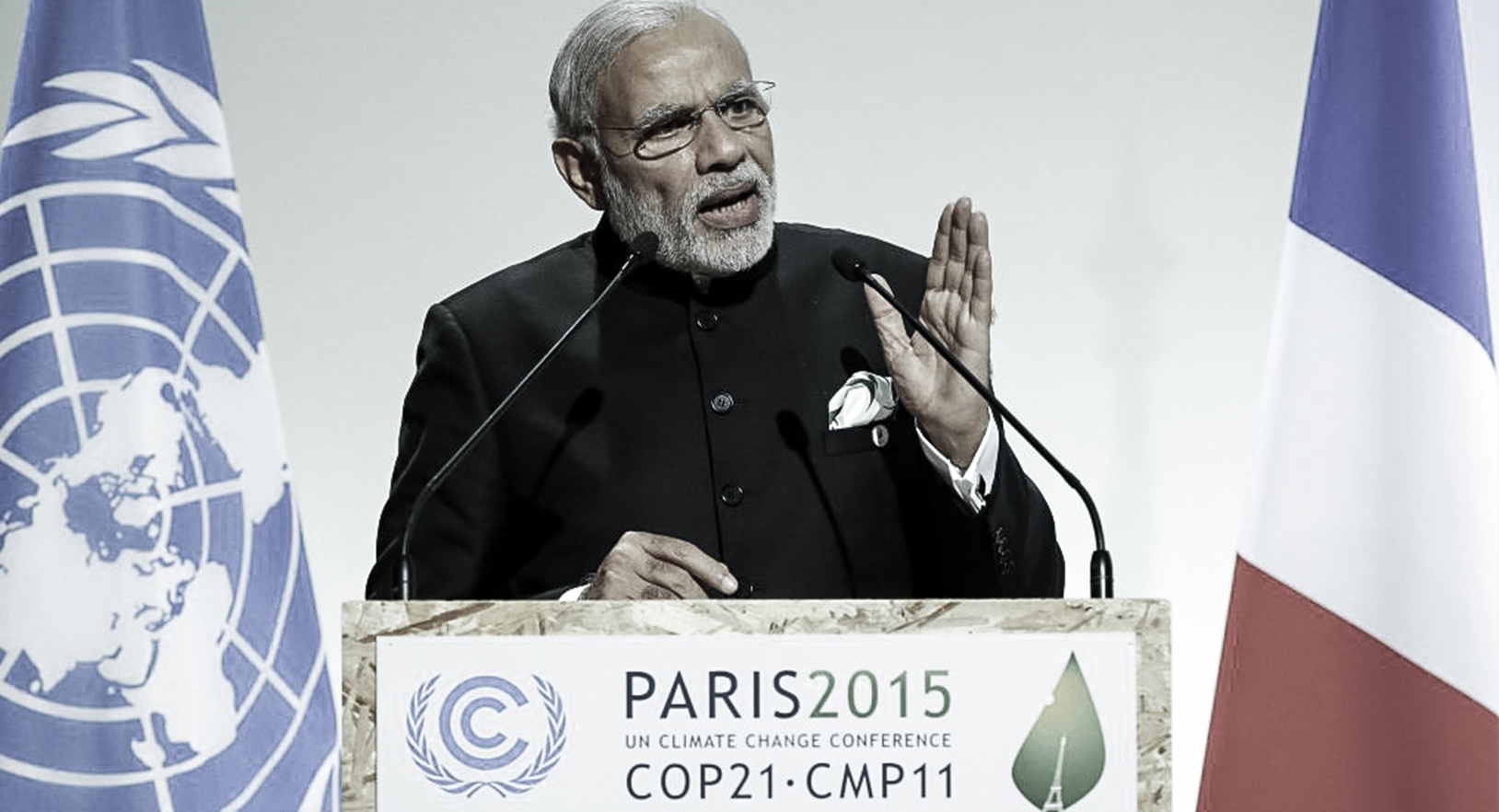By Yamini Aiyar and Partha Mukhopadhyay
The PM-KISAN (Pradhan Mantri Kisan Samman Nidhi) scheme announced this January and expanded in this government’s first cabinet meeting, is the first major union government income support scheme. States, notably Telangana and Odisha, have introduced such schemes earlier. How should PM-KISAN be taken forward?
The move to cash
Direct benefit transfers, cash transfers and income support schemes have been both discussed and implemented at the national and regional levels in the last few years.
Direct benefit transfers involve replacing generalised subsidies with traceable targeted cash, e.g., the PMUY’s transfer of a subsidy per cylinder of LPG to a designated bank account, vis-à-vis the earlier subsidy per cylinder, leading to a low price for all.
Cash transfers can be of three main types. The first is (i) replacement for in-kind transfers, e.g., school vouchers or food stamps instead of public education or public distribution of foodgrain – such cash can only be spent on specific items of expenditure. The second is (ii) conditional cash transfers, where use is unrestricted, but its receipt is conditional on observable actions by the household, e.g., sending children to school, getting them vaccinated, etc. or characteristics of the individual, e.g., old age pensions. The third type, i.e., (iii) an unconditional transfer of cash, is an income support scheme.
Objectives of PM-KISAN
An individual can receive income support for a variety of reasons.1 PM-KISAN could have two objectives (i) to compensate for inefficient capital markets, e.g., enable timely purchase of agricultural inputs without high cost borrowing, and (ii) as a supposedly more efficient anti-poverty measure. These are feasible objectives to focus on. In the first case, the transfer amount would depend on agricultural expenditures involved. With the second, the choice is between trying to compress the income distribution, by targeting larger support to the bottom of the distribution and a less informationally demanding “rising tide lifts all boats” design – which appears to be PM-KISAN’s choice – and possibly justification for the relatively small transfer, compared to state schemes.
Quasi-universality – minimal targeting
The advantage of keeping the income support low, i.e., not very large in relation to rural income in the bottom quintile, is that the number of beneficiaries can be large – and the scheme quasi universal. It also reduces the incentive of excluded households to try and game the system and become beneficiaries. PM KISAN’s amount of Rs. 6000 per family in three instalments is about ten percent of family expenditure for the bottom rural quintile.
However, this amount, especially in three instalments, may be ineffective in easing borrowing constraints for farm inputs and PM-KISAN should thus be seen as primarily an anti-poverty tool.
It is instructive to compare PM-KISAN with Odisha’s KALIA scheme.
First, like KALIA, PM KISAN’s transfer is invariant with respect to landholding – which imparts a certain progressive character to the transfer, unlike Telangana’s Ryuthu Bandhu.
Second, if it is implemented the way it is in Odisha, it may not exclude many households. Many agricultural labour households, who are the largest group of poor likely to be excluded if the scheme only targeted farmers, can still be beneficiaries if even those with tiny amounts of landholding are included, as in KALIA. However, it is not clear how the beneficiary selection, which is a state function, is occurring and will occur in PM-KISAN.
The share of landless households – those with less than 20 square metres of land – varies considerably across states. While, in 2013, it was 5.4% in Odisha (considerably less than the national average of 7.4%) it was more than 20% in Uttarakhand, 15% in Andhra Pradesh, more than 12% in Gujarat and Maharashtra and more than 10% in Karnataka. Will these households be included in PM-KISAN? The answer is not clear. That said, it is also possible that many of these landless households are non-agricultural workers living in rural areas – not landless labourers.
To ensure that the landless are included, in addition to the transfer to farmers, KALIA also has a support scheme for those engaged in non-farm work. Its design is somewhat restrictive, but it includes a limited number of livelihood activities for which support is provided.
Beneficiary Database
Operationally, the use of exclusion instead of inclusion criteria is preferable, but the underlying database used for implementation is of major importance. The quality of the database would depend on the extent of information available to the enumerators and how frequently it can be updated – both of which point to the local government as the preferred locus of implementation, a coordinated instead of centralised data repository. This does run the risk of over inclusion, but if the income support is not excessive and the exclusion criteria are clear and designed to only exclude the upper tier of local elites, this risk should not be very large.
The extent of targeting is both a matter of design and of implementation: what criteria and who chooses? In Odisha, the list of beneficiaries was prepared at the local level and was then pruned at upper bureaucratic levels, using a variety of secondary databases relating to land ownership and employment (government employees were excluded). It claims it was able to exclude large farmers, because it had previously built a land records database and a foodgrain procurement database that required land ownership data to prevent round-tripping sales. In the latter database, the incentive is to show a higher amount of land, so that the household is able to sell a higher amount of food grain to the procurement agency. Linking the two databases created a list of large landowners, who could be excluded. This shows the importance of existing state capacity and prior action in successfully implementing new income support schemes. In states where such groundwork has not been laid, PM KISAN could have catalysed the building of that capacity, and improved on the use of the databases used for the initial implementation of PM-KISAN.
However, in the PM-KISAN scheme, such databases are now no longer needed, since the landholding ceiling has been removed and there is only an exclusion criteria related to employment. One hopes that at least one collateral benefit of the PM-KISAN scheme will be a verified database of state government employees (the excluded category).
A pertinent question to ask would be whether the trade-off – reduced administrative costs and minimal targeting errors of exclusion by expanding the scheme to larger landowners, vis-à-vis an increase in the amount for the original beneficiaries – is worth it for a primarily anti-poverty scheme.
Financing of PM-KISAN
PM-KISAN could be financed by repurposing funds from existing schemes or through new revenue.
MGNREGS: Does PM-KISAN make MGNREGS, which despite its initial scepticism, has continued to receive support from government, redundant? Should the MGNREGS budget be diverted to PM-KISAN? A major advantage of the design of MGNREGS is that it is well targeted, due to self-targeting. A beneficiary is required to perform relatively unpleasant work for relatively little money – as such, those who have other opportunities for employment will choose not to seek benefits under MGNREGS. It thus targets agricultural labour households, more than cultivators, and is complementary to PM-KISAN; though agricultural labour households could also receive income support from PM-KISAN, as explained earlier, if farmers with micro-holdings are included in the list of beneficiaries.
Another collateral benefit is that the MGNREGS wage can act as minimum wage support for the broader workforce. For this to be effective, workers must be reasonably sure of obtaining employment through MGNREGS. In India, where a large number of rural residents are not land owners or land leasers, but farm and non-farm labour, e.g., in brick kilns, etc., this wage support function of MGNREGS can help many beyond its direct beneficiaries. A wage floor can lead to more political support for MGNREGS, from labour, but it can also lead to determined opposition from employers, especially if productivity gains (e.g., from efficiency wages) do not result from an increase in wages.
However, this self-targeting feature is not costless. If the beneficiary has to give up other work to benefit from MGNREGS, the net benefit to the beneficiary is reduced. In addition, there is material cost, since employment is generated by building an asset, like a pond or a road, which needs material beyond labour. In return, one gets an asset – but is it a durable quality asset, necessary in its context?
While previously, many MGNREGS assets were public assets, a large majority of them are now built on individual farms of small or SC/ST farmers, e.g. farm ponds, livestock sheds or houses.2 There is thus, a strong incentive to monitor quality. This also means that there may be considerable overlap with the beneficiaries of PM-KISAN. In that respect, MGNREGS and PM-KISAN are complementary in a different sense – in that it may improve use of the infrastructure built on individual farms through MGNREGS and, potentially, raise local demand for agricultural labour.
The case for replacing MGNREGS with PM-KISAN is therefore weak.
However, in order to fully leverage the complementarity to MGNREGS some inter-linked steps need to be taken to improve MGNREGS implementation. Key amongst these are:
a) Matching budget provisions to demand: While, in the last five years, the government significantly enhanced MGNREGS allocations, these were still not sufficient to meet pending liabilities, i.e., additional expenditure incurred by States over and above budgetary allocations. According to data analysed by Centre for Policy Research’s Accountability Initiative, this amount rose from Rs. 724 crore in FY 2014-15 to Rs. 5,932 crore FY 2018-19 (till December 2018).
b) Paying Wages on Time: An important consequence of pending liabilities is delayed wages – a long-standing problem which is worsening.3 Recent changes in payment mechanisms – ostensibly to reduce corruption, including linking payments with Aadhaar — have served to exacerbate this problem (Dreze, 2017). The primary delay occurs after administrative paper work is completed, when funds are to travel to the State government account and onward to beneficiaries.4
c) Linking wage payments to state minimum wages and rural inflation: Another consequence is stagnant wages. Since 2017, MGNREGS wage hikes have been 2.7% in 2017 and 2.9% in 2018 (Indian Express, 2018). Moreover, according to CPR’s Accountability Initiative’s analysis more than half the states in 2016-17 paid an average wage that was less than the notified wage rate. We think that the government should reconsider its decision to accept the recommendations of the Nagesh Singh committee delinking MGNREGS wages from state minimum wages.
Taken together, thes weakens the ability of the MGNREGS wage to act as wage support for the broader workforce – a benefit that goes beyond the direct beneficiaries. Unless work is available on demand and wages are paid on time, the wage floor is rendered ineffective.
d) Strengthening the role of Gram Panchayats in asset creation: Early in its previous term, the government sought to ensure that assets created were durable and effective. The primary approach was to emphasise “convergence” by linking assets created under MGREGS to other asset creation programs. Prominent amongst these are rural housing and sanitation schemes.
While, in principle convergence is likely to improve overall efficiency, in the specific context of MGNREGS, this has served to undermine the legally mandated role of gram panchayats. The design of MNREGS is a unique opportunity to alter the implementation architecture for rural service delivery by devolving 50% of the funds to Gram Panchayats. A critical role envisaged for them was to prepare a shelf of works linking assets to be created under the MGNREGS to locally relevant needs — likely to create better assets than a plan prepared in New Delhi and state capitals. Early studies on the quality of assets created under MGNERGS attest to this fact. However, convergence undermines this role. The emphasis on convergence ought to give way to the harder task of building Panchayat capability – including basic human resources – to develop shelves of work, including assets needed to improve infrastructure on local SC/ST and small farmer lands. This becomes even more salient as rural housing and sanitation is saturated and the need for infrastructure to improve agricultural productivity remains.
Fertiliser and Electricity Subsidies: The case for enhancing PM-KISAN by reorienting fertiliser and perhaps even electricity subsidies is stronger. The amounts involved are larger, the subsidies are regressive (in that larger farmers get more), and environmentally damaging: the overuse of chemical fertilizer harms the soil and subsidised electricity leads to overuse of groundwater. By one calculation5 eliminating the fertiliser and power subsidy in Punjab in 2013 could have financed an annual transfer of about ₹92,000 to every cultivator or ₹50,000 to every agricultural worker. PM-KISAN can be used to transform fertilizer and electricity subsidies into a size-independent cash transfer, which will not only make them progressive, but leave the small farmer better off than before. It will also improve environmental sustainability by spurring growth of reduced-chemical agriculture.
Additional Taxes: The final option is to finance PM-KISAN by using revenue from increased tax efficiency or higher rates. One may want to use this sparingly given the other demands on the budget.
Safety Net, Not Springboard
Providing a safety net is just one function for government. In a rapidly growing and aspirational country like ours, we need to also think about reliable springboards to enable rural children and youth access the potential of the modern non-farm economy. PM-KISAN is a safety net, it is not designed to be a springboard. This still requires large investments in public education and health and it is here that the technology of cash transfers may prove counter-productive.
Income support can occasionally deliver a large bang for the buck, e.g., by easing cash constraints, it can lead to less indebtedness and better price realisations by obviating the need to enter into buy back arrangements at low pre-set prices. It can also encourage diversification of incomes, by enabling investment in non-farm activities and increase household savings by reducing essential expenditure (e.g., by enabling households to buy more from PDS when stocks are available). It can also allow investment in better education for children. Many of these effects are seen in SEWA’s Madhya Pradesh cash transfer experiment. Additionally, if fertiliser subsidies are converted into equivalent cash transfers, the savings from low chemical agriculture (as demonstrated in Andhra Pradesh’s Rythu Sadhikara Samstha) could again lead to higher levels of household capital accumulation. But, these collateral benefits are not the primary objective of cash transfers.
Moreover, full participation in the modern economy is beyond this. It needs a focus on learning and educational attainment, for which early childhood health and nutrition is critical. A move from free public health care to subsidising broad based tertiary health insurance is essentially a use of public resources for private delivery. Even if it is more efficient, its use for early childhood and primary care is limited. Similarly, school vouchers, right to education mandates on private schools, etc. all tend to absolve the government of its obligation to provide education. This is an entirely untested strategy. Evaluations so far, do not indicate that privately provided education is better; at best, it achieves the same poor outcomes at less cost. No country has managed to have a broad based education for their citizens based on private schools, as we appear to want to do.
Beyond safety nets, if we wish to build a reliable springboard for our children and youth, we will need to build consensus on making resources available and on the mechanisms of delivering high quality basic services such as health and education, safe water supply, etc. Here, cash is not always king.
Other pieces as part of CPR’s policy document, ‘Policy Challenges – 2019-2024’ can be accessed below:










